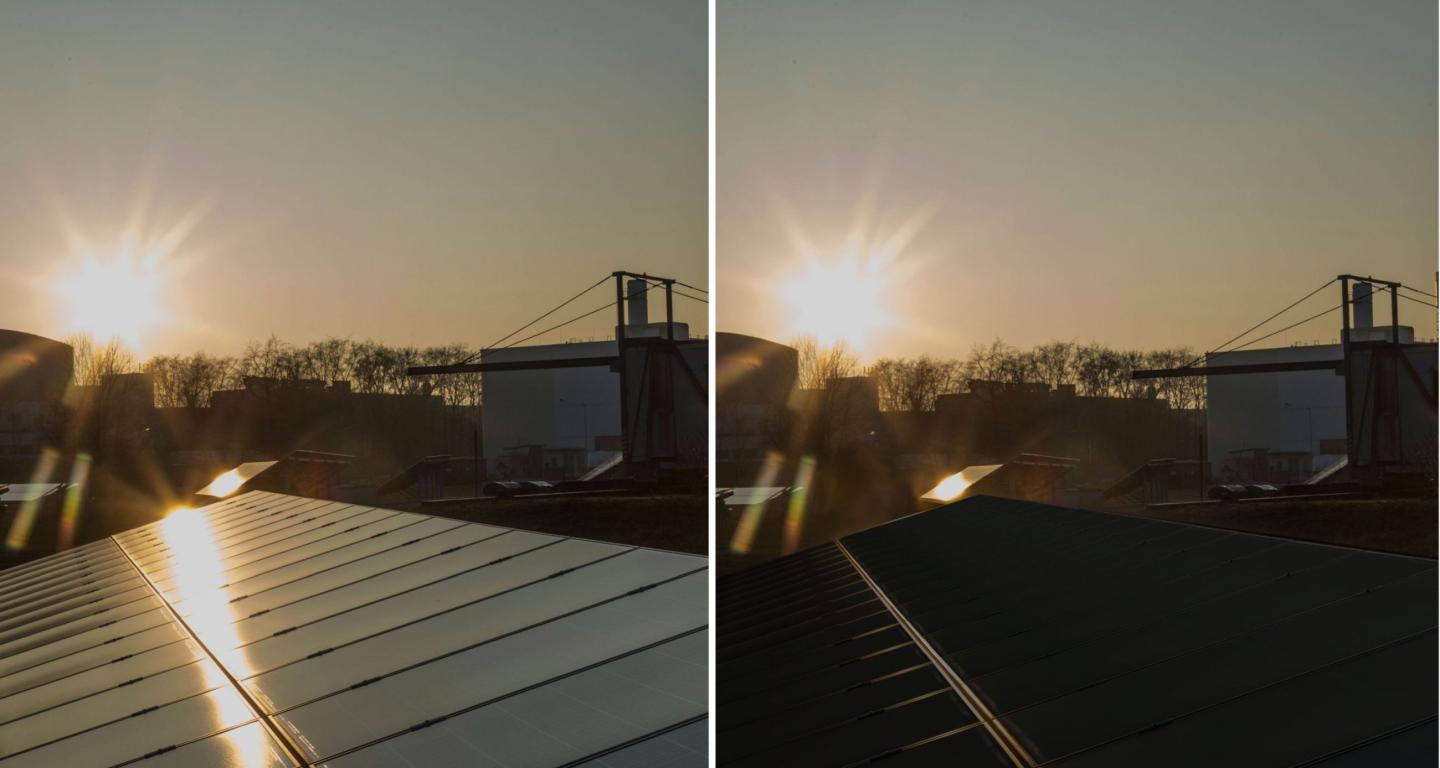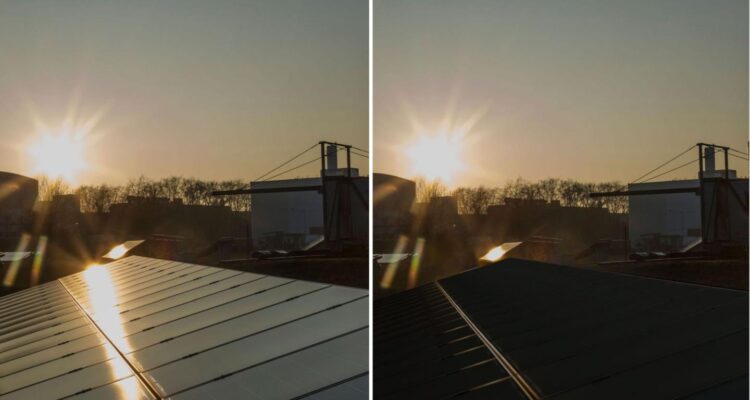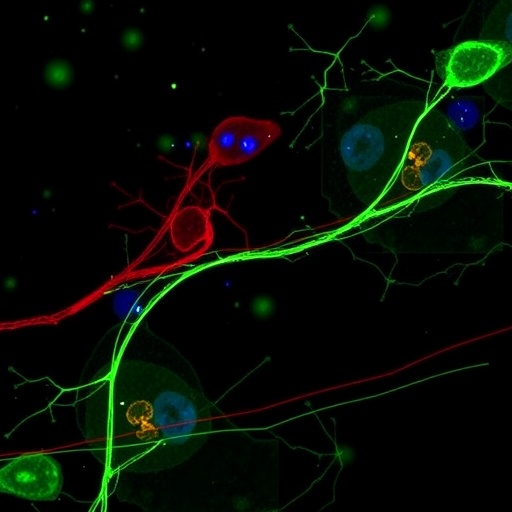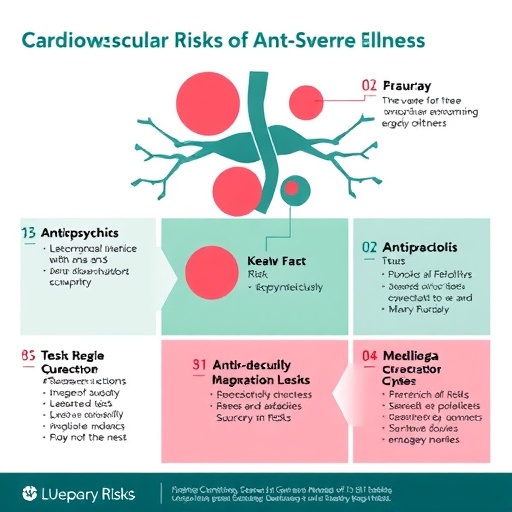KIT spinoff phytonics develops an antireflective film modeled on petals – innovation to be experienced digitally at Hannover Messe 2021 from April 12 to 16

Credit: Photos by Andrea Fabry; Editing by Phytonics
The high-tech company Phytonics, a spinoff from the Karlsruhe Institute of Technology (KIT), gets inspired by plants: The Phytonics film with micro- and nanostructures modeled on rose petals provides an anti-reflective coating for all kinds of surfaces, makes solar modules up to ten percent more efficient, and gives many objects a noble velvety appearance. At the Hannover Messe 2021 from April 12 to 16, the innovation will be showcased at KIT’s virtual booth “Future Hub.”
In many millions of years of evolution, plants have optimally adapted to the interaction with light. In flowering plants, the success of pollination depends to a large extent on the color impression. This is particularly evident in roses whose petals have a matt and at the same time rich color. Under the scanning electron microscope, the rose reveals its secret: the outer tissue of its petals, the epidermis, consists of densely packed microstructures, additionally ribbed by nanostructures. With these tiny structures, the rose manages to couple all incident light into the cells – only the colored light escapes again.
Advantages of High-gloss and Matt Surfaces Combined
Phytonics, a spinoff from the KIT, has been inspired by this principle to develop an anti-reflective film for a wide variety of surfaces. “Our film makes it possible to combine the advantages of high-gloss and matt surfaces, namely to achieve intense colors without disturbing reflections,” explains co-founder of Phytonics Dr. Ruben Hünig. At the Hannover Messe 2021, which will be held digitally from April 12 to 16, Phytonics will present its anti-reflective film at KIT’s virtual booth “Future Hub.”
Researchers at the KIT have founded Phytonics with the motivation of promoting the sustainable transformation of the energy system with efficient photovoltaics and to develop solar cells with a broad absorption spectrum and high incidence angle tolerance. Their drawing inspiration from plants is evident, among others, from the name Phytonics, which is a combination of the words “phyto-” and “photonics.” From 2021, the high-tech startup will receive funding from the EXIST Research Transfer program of the German Federal Ministry for Economic Affairs and Energy and the European Social Fund (ESF).
Yield of Solar Modules Increased by up to Ten Percent
The Phytonics anti-reflective film is the result of more than seven years of research and development work. With its combined micro- and nanostructure, it replicates the epidermis of rose petals over a large area. It almost completely suppresses reflection for all wavelengths and angles of incidence of the light. This makes it far superior to conventional anti-reflective coatings. The Phytonics film increases the yield of solar modules by up to ten percent. But posters, display panels, traffic signs, furniture, packaging, facades, and many other applications also benefit from Phytonics. The film provides an anti-reflective coating for all kinds of surfaces and gives them a noble velvety appearance.
Since the Phytonics film is mechanically flexible, it is also suitable for curved surfaces. It is dirt-repellent and highly resistant to environmental influences such as UV light, moisture, and temperature fluctuations. It is manufactured using a cost-effective roll-to-roll printing method and can be applied to all types of materials using standard lamination processes. For product designers, the plant-inspired film opens up a whole new range of design possibilities. (or)
###
Video “A Plant-inspired Anti-reflective Film for All Kinds of Surfaces” https:/
Read more: https:/
Contact for This Press Release
Martin Heidelberger, Press Officer, Phone: +49 721 608-41169, Email: [email protected]
Being “The Research University in the Helmholtz-Association,” KIT creates and imparts knowledge for the society and the environment. It is the objective to make significant contributions to the global challenges in the fields of energy, mobility and information. For this, about 9,600 employees cooperate in a broad range of disciplines in natural sciences, engineering sciences, economics, and the humanities and social sciences. KIT prepares its 23,300 students for responsible tasks in society, industry, and science by offering research-based study programs. Innovation efforts at KIT build a bridge between important scientific findings and their application for the benefit of society, economic prosperity, and the preservation of our natural basis of life. KIT is one of the German universities of excellence.
Media Contact
Monika Landgraf
[email protected]
Original Source
https:/





